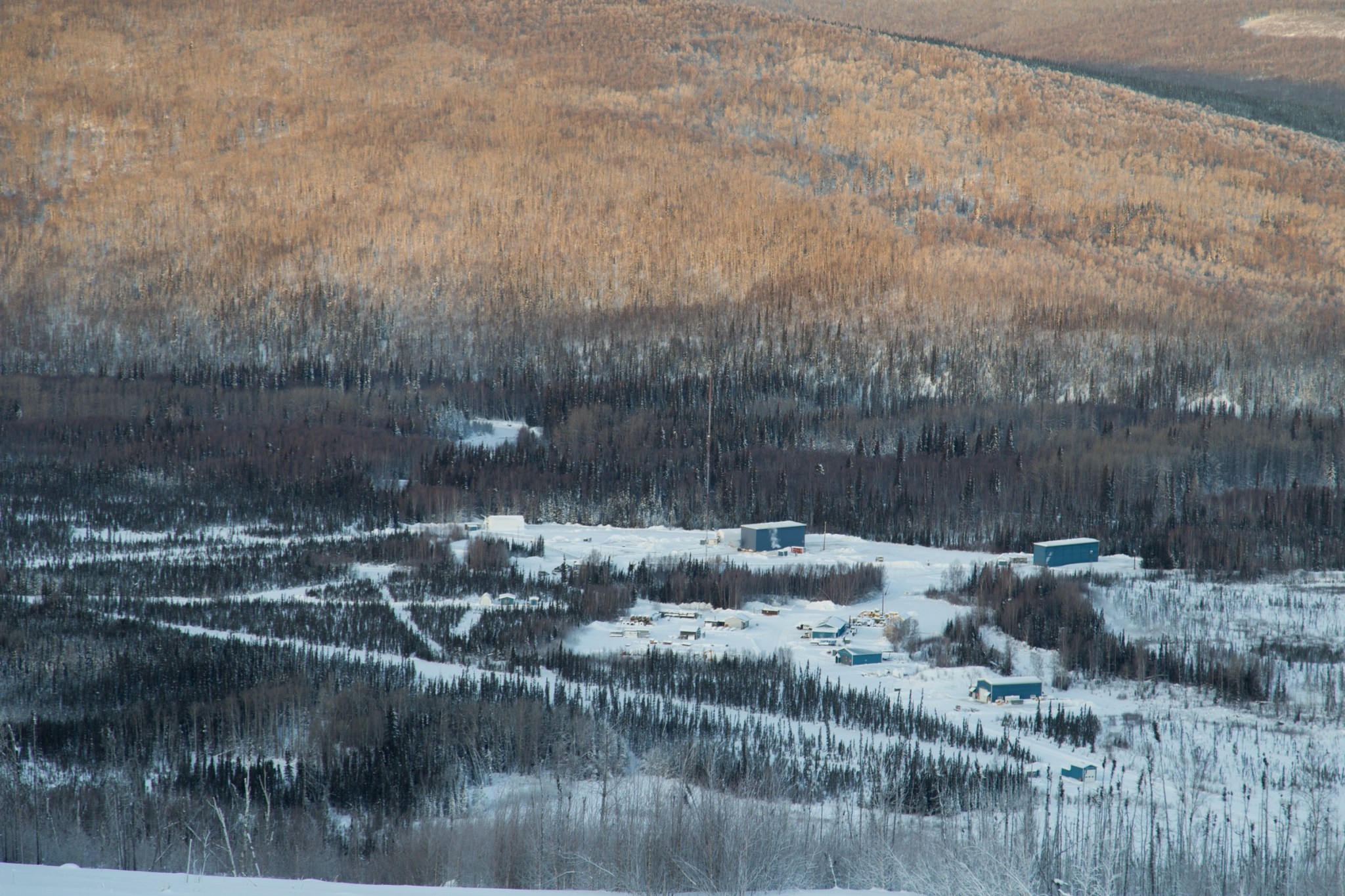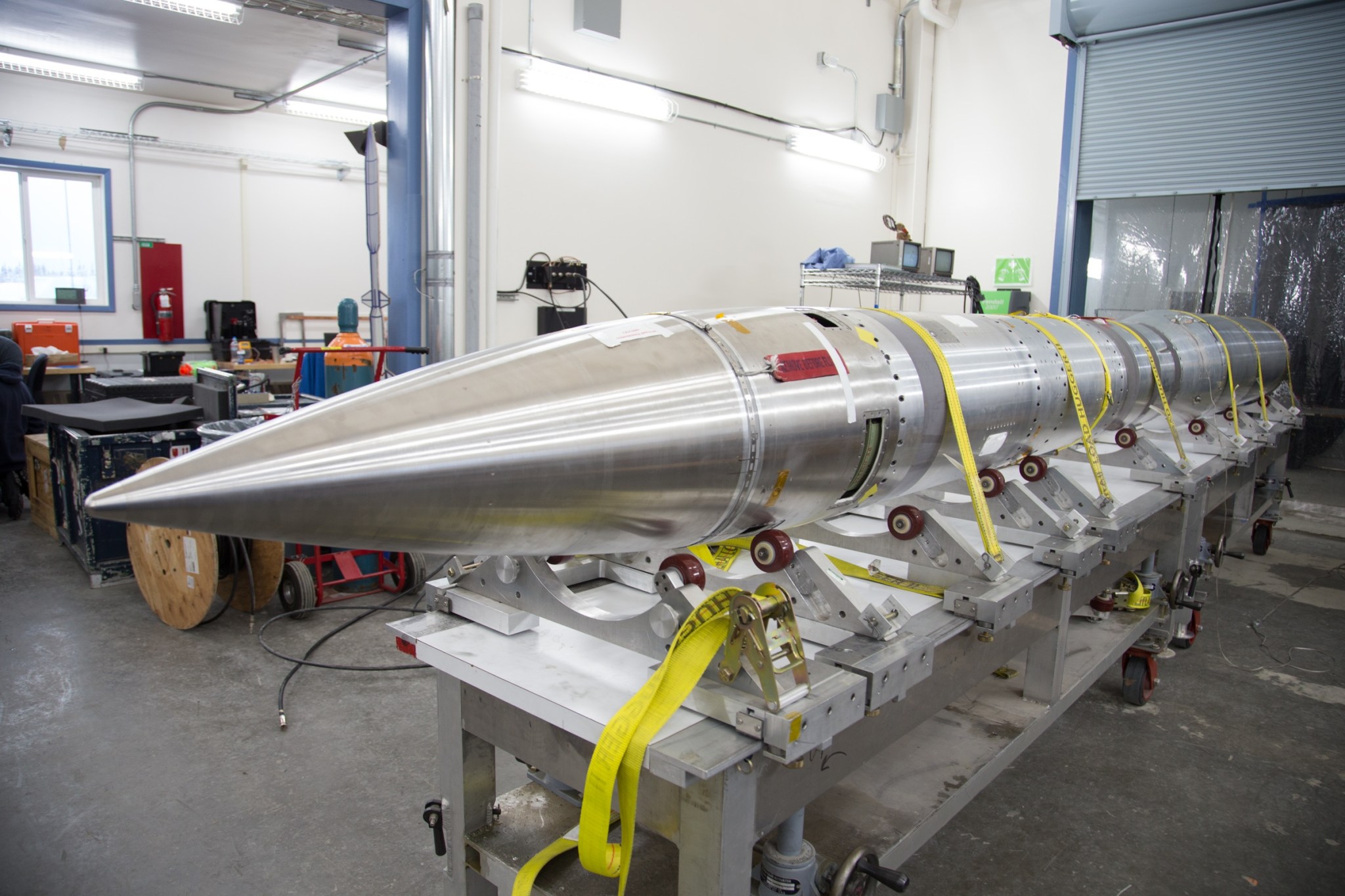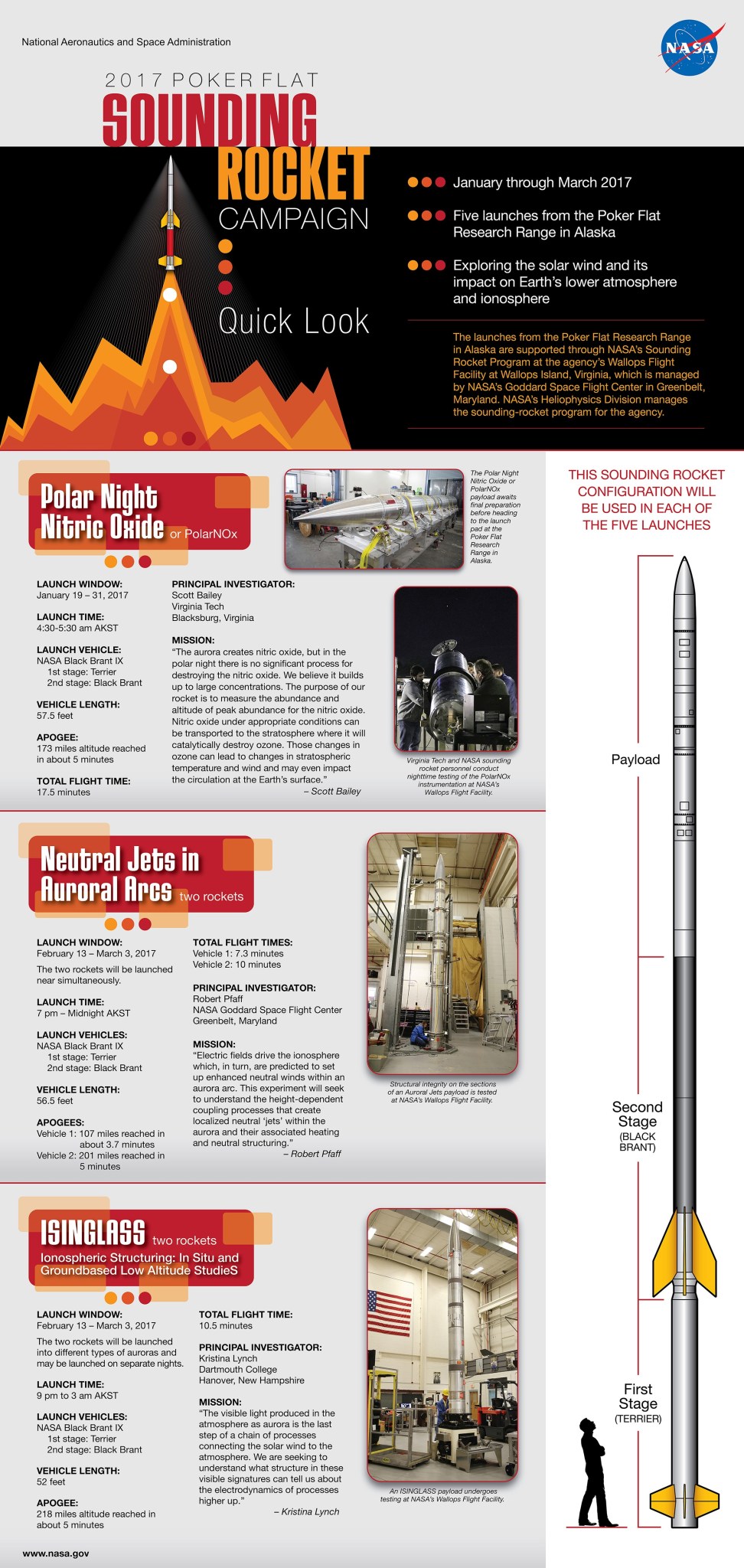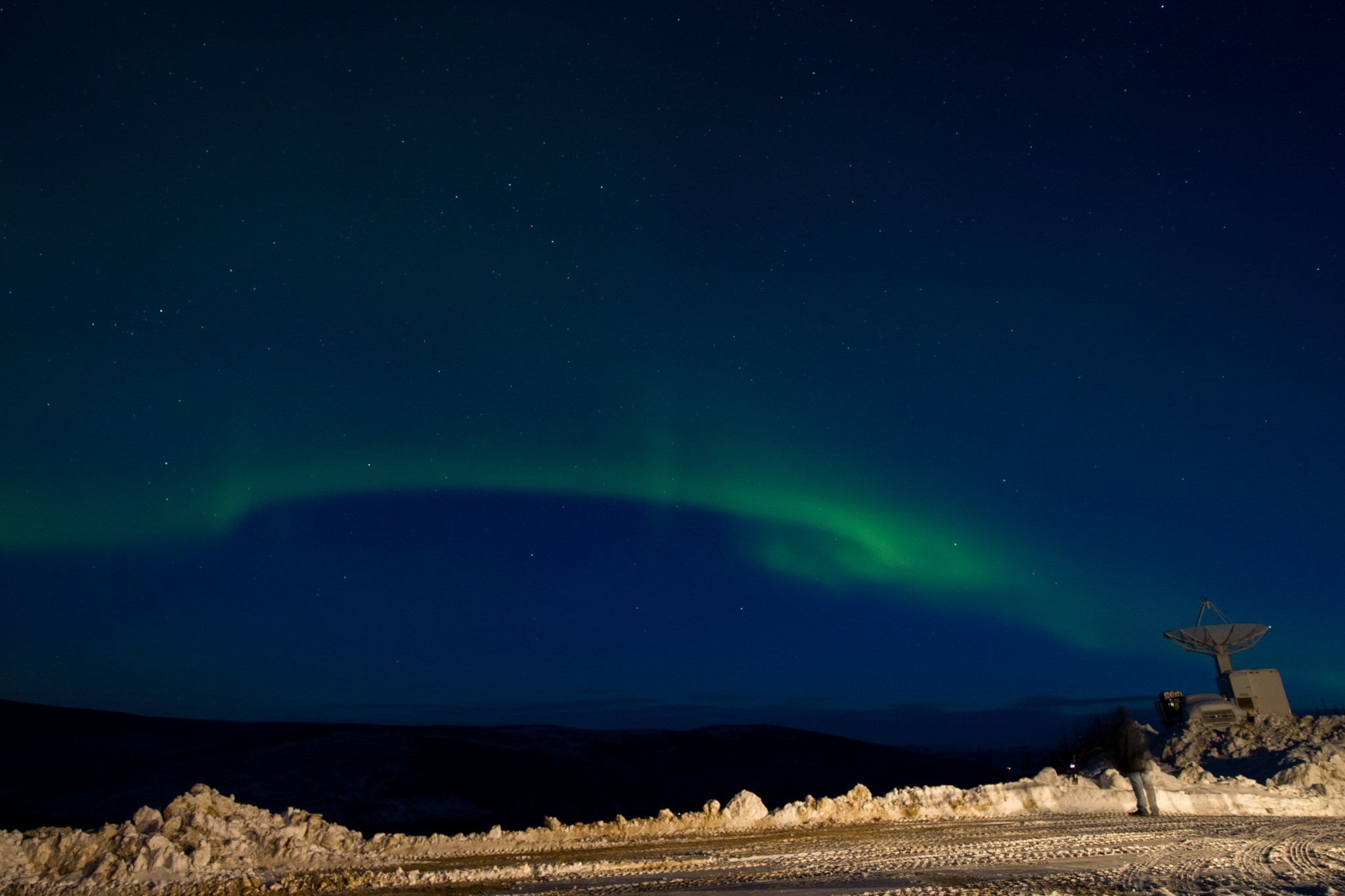A NASA sounding rocket campaign during January through March 2017, at the Poker Flat Research Range in Alaska will support the effort to better understand the space that surrounds Earth – key situational awareness needed as humans seek to explore beyond our home planet.
Three missions, including five separate launches, explore the Earth’s magnetic environment and its impact on Earth’s upper atmosphere and ionosphere. Each of the three missions expands our understanding of near-Earth space, including new information about the composition of the atmosphere, as well as processes behind how the sun, solar winds, and Earth’s magnetosphere affect auroras. Such research helps create a robust, detailed understanding of the dynamic low Earth orbit environment in which our spacecraft and astronauts travel.

The 2017 Alaska sounding rocket campaign begins in late January with the launch of a mission called Polar Night Nitric Oxide or PolarNOx to study Earth’s atmosphere in the polar region.
Scott Bailey, the principal investigator of the mission from Virginia Tech, Blacksburg, said, “The aurora creates nitric oxide, but in the polar night there is no significant process for destroying the nitric oxide. We believe it builds up to large concentrations. The purpose of our rocket is to measure the abundance and altitude of peak abundance for the nitric oxide.”

“Nitric oxide under appropriate conditions can be transported to the stratosphere where it will catalytically destroy ozone,” Bailey said. Those changes in ozone can lead to changes in stratospheric temperature and wind and may even impact the circulation at Earth’s surface.
The primary instrument of PolarNOx is a UV spectrograph. As the payload ascends to its approximately 173 mile apogee and begins its descent back to Earth the spectrograph is pointed at a star on the horizon. “Attenuation of the starlight by nitric oxide is used to obtain a nitric oxide altitude profile,” said Bailey.
The instrument will fly on a 57-foot long Black Brant IX sounding rocket with a launch window that runs from Jan. 19 through Jan. 31. The launch time is 8:30 am EST. The launch window each day is 60 minutes long.
No auroral activity or low auroral conditions are preferred for conducting the mission. Light emitted by an aurora will interfere with the spectograph’s ability to view the target star.
PolarNOX will be followed with the launch of two additional missions that will study the interaction of the solar wind, the magnetosphere, Earth’s upper atmosphere and the structure of the resulting aurora. The magnetosphere is the region of Earth’s magnetic field where solar energy is stored and processed. The release of this energy drives aurora.
The launch window for both missions is Feb. 13 through March 3 and each will be conducted during auroral activity.

Rob Pfaff, scientist at NASA’s Goddard Space Center in Greenbelt, Maryland, and the principal investigator for the second mission, called Neutral Jets in Auroral Arcs, said, “Electric fields drive the ionosphere which, in turn, are predicted to set up enhanced neutral winds within an aurora arc. This experiment will seek to understand the height-dependent coupling processes that create localized neutral ‘jets’ within the aurora and their associated heating and neutral structuring.”
For this mission, two 56-foot long Black Brant IX rockets will be launched nearly simultaneously. One rocket is expected to fly to an apogee of about 107 miles while the other is targeted for 201 miles apogee.
Flying the two similar payloads simultaneously to different altitudes will provide researchers a vertical profile of the measurements within an aurora.
The launches will occur between 11 pm and 4 am EST and are dependent on auroral activity.
The third mission, called Ionospheric Structuring: In Situ and Groundbased Low Altitude StudieS or ISINGLASS, will include the launch of two rockets with identical payloads that will fly to approximately 218 miles altitude into two different types of auroras – an inverted-V arc and a dynamic Alfenic curtain. Thus, they may not be launched on the same night.
Kristina Lynch, ISINGLASS principal investigator from Dartmouth College in Hanover, New Hampshire, said, “The visible light produced in the atmosphere as aurora is the last step of a chain of processes connecting the solar wind to the atmosphere. We are seeking to understand what structure in these visible signatures can tell us about the electrodynamics of processes higher up.”
As with the rockets launched to study auroral jets, ISINGLASS will use ground based instruments together with those on the rocket payload. The payload will include the deployment of a sub-payload and also several instrumented deployable canisters. The use of these various miniature subsystems and the main payload will give researchers a multipoint view of spatial structures within the aurora.
The ISINGLASS launches will occur between 1 and 7 a.m. EST.

Together the five launches will add to our body of information about this space through which our spacecraft and astronauts travel near Earth. By studying the interaction of the sun and its solar wind with Earth’s upper atmosphere, scientists are also able to apply the knowledge to other planetary bodies — helping us understand these interactions throughout the universe as well.
The five launches from Alaska are supported through NASA’s Sounding Rocket Program at the agency’s Wallops Flight Facility at Wallops Island, Virginia, which is managed by NASA’s Goddard Space Flight Center in Greenbelt, Maryland. NASA’s Heliophysics Division manages the sounding-rocket program for the agency.
Keith Koehler
NASA’s Wallops Flight Facility, Virginia

























